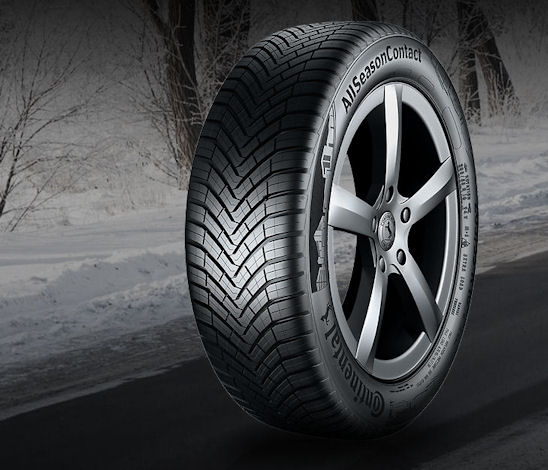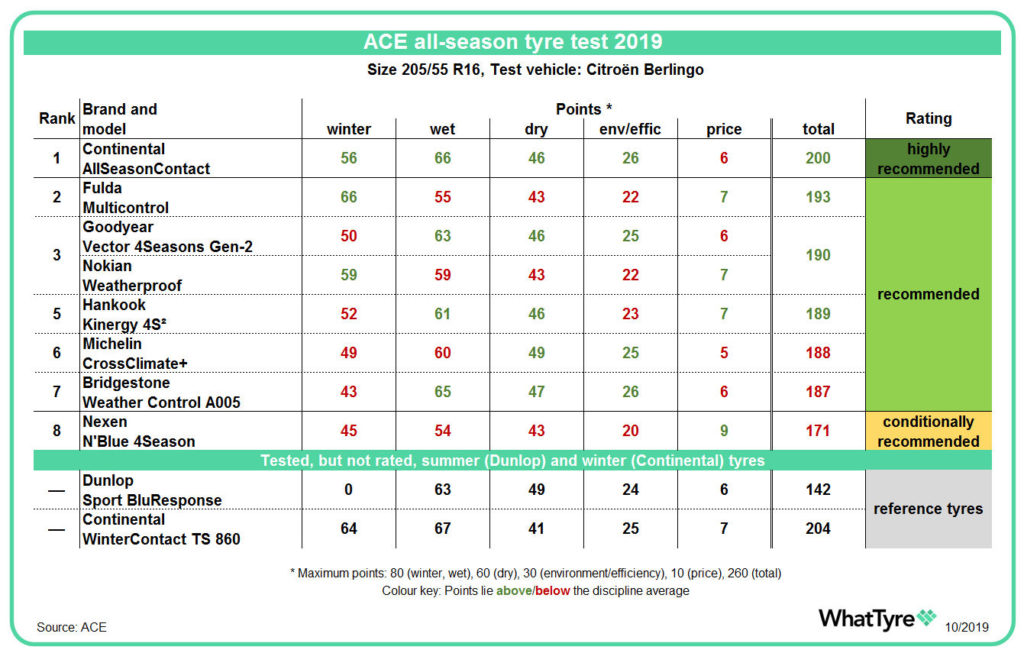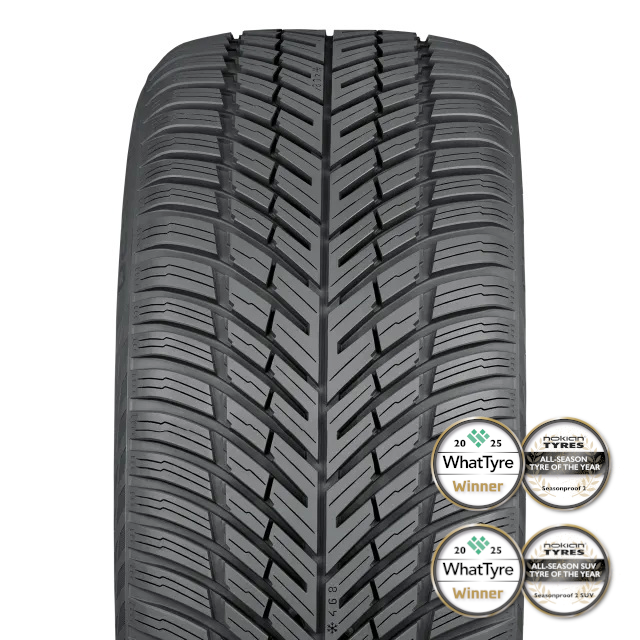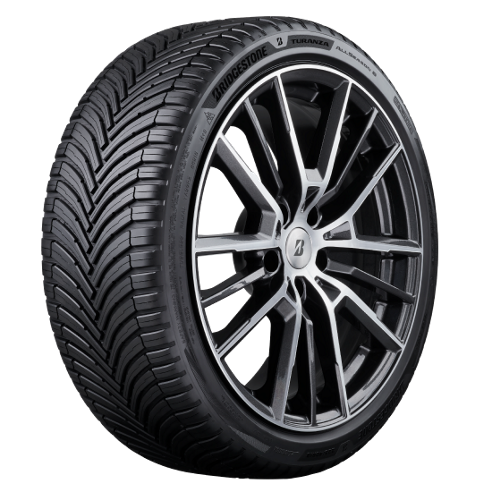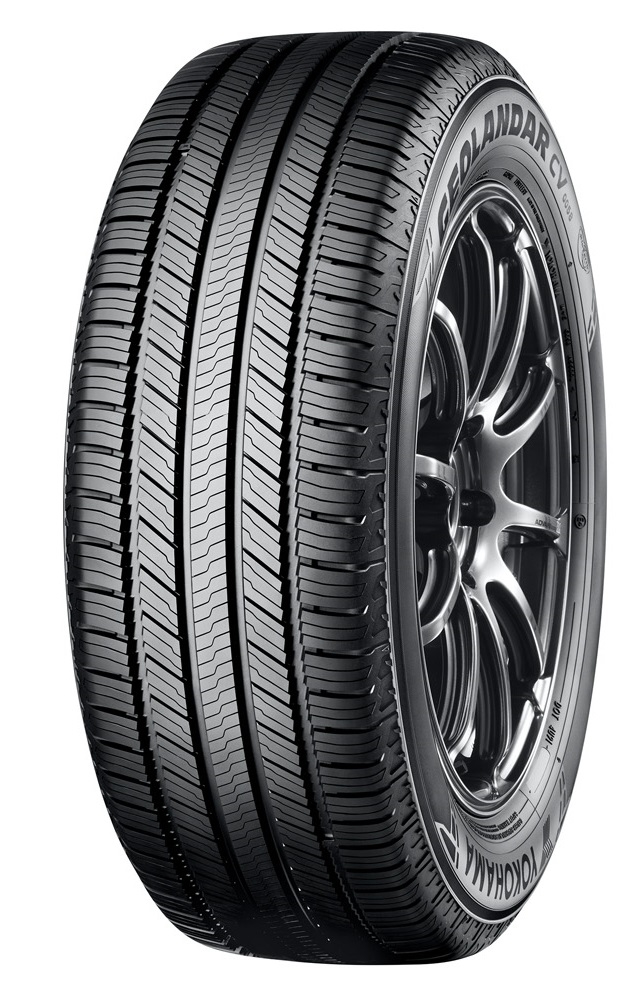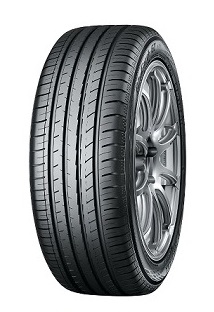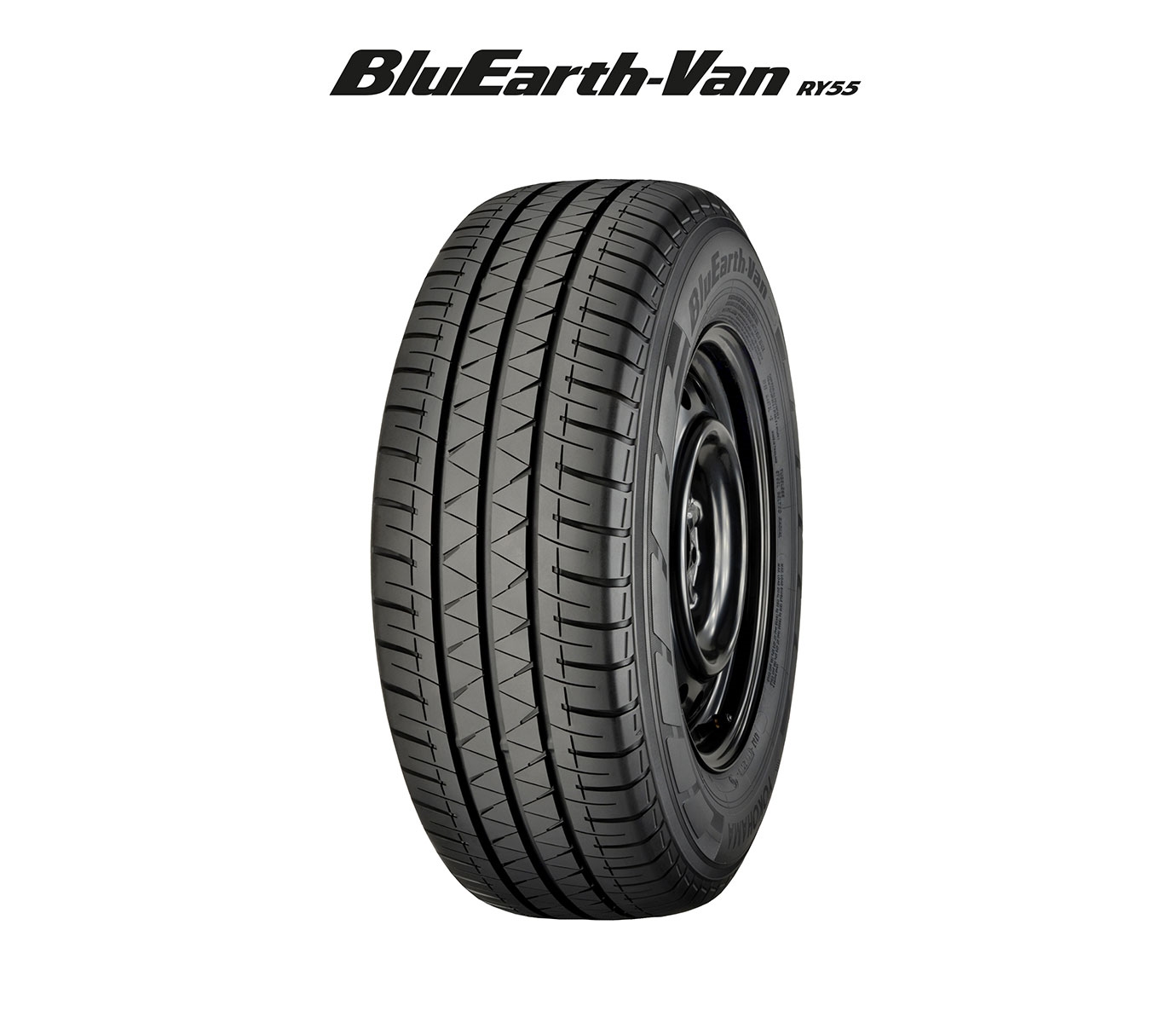Independent tyre tests are helpful when deciding upon the right tyre, but the advice they give is sometimes conflicting. Whereas Auto Bild views all-season tyres as a safe solution for year-round motoring, ACE still believes these products represent a compromise.
Reporting the results of its latest all-season tyre test, the German motoring club opines that the ideal tyre for year-round use would be a “combination of three various tyres”. It explains that individual tyres show particular strengths – but none are strong in all conditions. ACE says that when buying all-season tyres, motorists must “decide upon one and know the limitations”. Its testing failed to find a tyre “that can do everything”.
ACE conducted the test together with GTÜ and Austrian motoring club ARBÖ. They evaluated eight all-season tyres in size 205/60 R16 together with a summer and a winter tyre model. Citroën Berlingo vans performed the test honours. Testing took place in Austria and at Nokian Tyres’ ‘White Hell’ test facility in Finland.
Just one tyre ‘highly recommended’
ACE says the Continental AllSeasonContact was the best from the eight at managing the ‘snow-wet-dry’ triad. The test team reported that the Continental tyre “brakes and steers more like a winter tyre in the wet, and like a mix of summer and winter tyre on dry asphalt”. The only tested tyre to perform better in the aquaplaning test was the winter reference tyre. The testers also commended the AllSeasonContact’s handling, commenting on the ease of predicting how it will respond. But they saw room for improvement with dry braking or during sudden load alterations.
Three snow specialists
Of the half-dozen tyres rated as recommended, three showed strengths in the winter disciplines. Together with the AllSeasonContact, runner-up tyre the Fulda Multicontrol was in “striking distance” of the winter reference tyre. So was the Nokian Weatherproof (4th place). “The all-season tyre from Fulda is actually superior to the winter tyre in regards to acceleration and braking on snow, however, it is not quite so easy to master as the winter specialist”, wrote ACE.
The picture was different for the Bridgestone Weather Control A005 (7th place), Michelin CrossClimate + (6th place) and Nexen N’blue 4Season (8th place – conditionally recommended). ACE writes that the trio “offer at most emergency running characteristics on snow with such narrow limits that less-practised drivers would quickly lose control”. It adds that drivers should avoid these products when confronted with snow and ice. But bear in mind that these comments were written for a German audience. ACE notes that the three tyres are better suited to the lowlands of northwest Germany – a region with a similar climate to large swathes of the UK.
The tables turn when it gets warm
After praising the Multicontrol’s performance in snowy conditions, ACE comments that “the Fulda tyre is not perfectly suitable as an all-season tyre in the true sense of the word”. Its summer capabilities don’t make the grade, with performance found wanting in dry and wet conditions. “It offers little lateral control and curls imprecisely through the obstacle course,” writes ACE.
But at 25 degrees Celsius, the Bridgestone’s performance reached summer tyre levels. The CrossClimate + and the Hankook Kinergy 4S 2 (5th place) also “like dry asphalt”, even if their wet performance trailed behind the best in test. The Goodyear Vector 4Seasons Gen-2 (3rd place) also delivered commendable results in the wet and dry disciplines, however, its weaknesses on snow prevented it from achieving a higher place overall.
Summer tyres can be deadly on snow & ice
The ACE/ GTÜ/ARBÖ test provides an insight into all-season tyres’ capabilities, as well as their limitations. It also makes something clear: If you want a single tyre to use both in summer and in the snow and ice of winter, don’t fit summer tyres. The premium summer tyre tested alongside the eight all-season products exited the winter test after the Berlingo failed to negotiate the small incline at the handling course. “Even when accelerating and braking on flat stretches, the results are so poor that the tyre scored exactly zero points.” ACE warns that “summer tyres are a danger to life” should snow fall or sleet turn to a hard frost.

